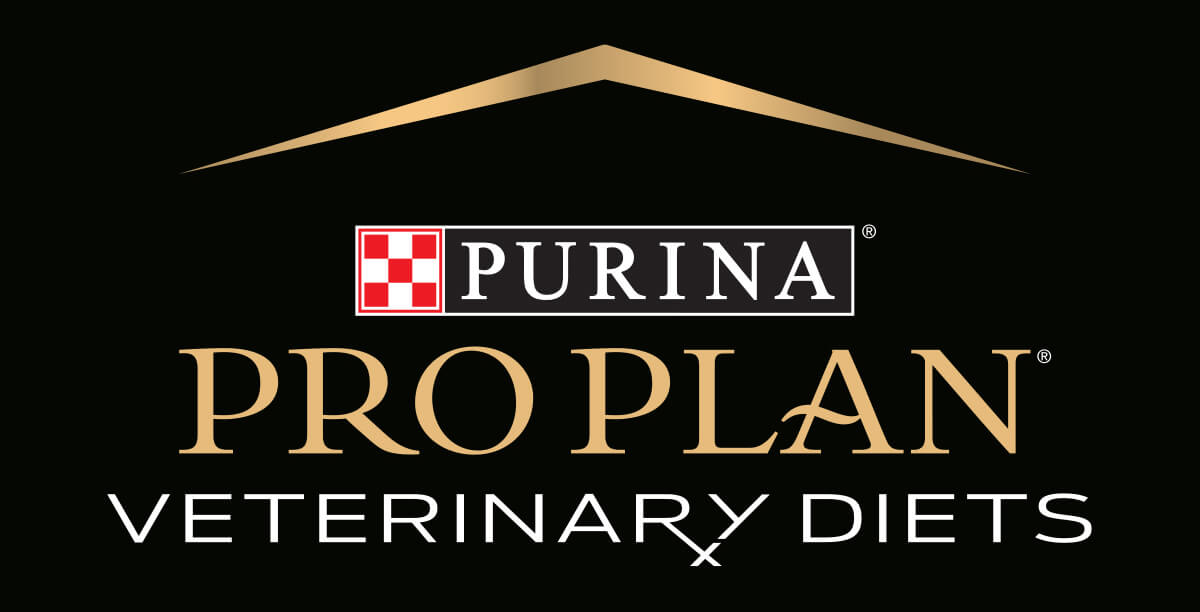
Interest in raw diets for dogs has been on the rise in recent years, but are these diets actually healthier for our dogs or do the risks outweigh the benefits? Find out all you need to know about feeding dogs raw food in our guide.
As we search for the best possible sources of nutrition for our pets, a huge number of new diets are cropping up, including everything from tailor-made plans to vegan food and fresh-frozen diets. Of all the current trends, there’s one that’s particularly debated amongst nutritionists, vets and owners alike – raw food diets.
With interest in raw food diets for dogs on the rise, our expert vet team have taken a look into the subject to provide you with all the information you need to know. Keep reading to find out if these diets are safe and if dogs can actually eat raw meat.
What is a raw diet for dogs?
First things first, you’ll likely be wondering what a raw dog food diet actually is. Put simply, it’s an uncooked diet which will often consist of the following ingredients: muscles, bones (whole/ground), organs (typically liver/kidneys), raw eggs, dairy, fruit and vegetables.
Some raw diets are marketed as BARF diets, meaning Bones and Raw Food, or Biologically Appropriate Raw Food. Although the raw food movement is relatively recent, raw diets have been fed to some working dogs such as racing greyhounds and sled dogs for years, with interest in these diets for pets rising from the early 90s.
The concept behind the diet is that dogs originally ate raw food before domestication and that returning them to this type of food will improve their health and longevity. However, with this being said, raw feeding dogs is often a cause of concern to vets as there’s been little research done on the safety and benefits and many believe that the risks greatly outweigh the positives. Note that modern dog breeds are genetically very removed from their wild ancestors.
Potential benefits of raw diets for dogs
Raw food diets for dogs are still undergoing research and there’s little published evidence for the benefits. Some small studies have suggested that stool quality is subjectively better on raw diets, but further research is needed to draw firm conclusions. Some people believe that raw feeding is associated with a shinier coat, healthier skin, cleaner teeth, improved energy levels and better digestive health, but as yet there isn’t any robust evidence for these benefits.
Potential risks of raw feeding dogs
There are a number of potential risks concerning raw diets for dogs, including:
- Raw meat contains pathogens such as bacteria and parasites which can be a threat to both human and canine health. There’s also a concern that some of these bacteria may be resistant to antimicrobials, and feeding raw diets could help spread antibiotic-resistant bacteria.
- Many raw diets aren’t properly formulated or balanced, meaning they can lead to health problems if fed for an extended period. Home-prepared diets are very difficult to get right in terms of nutritional balance without the help of a qualified pet nutritionist, and few commercial raw diets have been evaluated in feeding trials.
- Raw diets often contain bones which can cause choking, broken teeth and damage or obstruction to the digestive tract.
- These diets are often expensive when compared to other dog foods, despite often being lower in nutritional quality.
Can dogs actually eat raw meat?
In theory, yes, they can eat it, but the question is more about whether they should. Dogs can digest meat in most forms but there are a large number of risks that come with a raw diet. For these reasons, we recommend that you do not feed your dog raw meat.
We advise against feeding dogs raw chicken because of the risk of contamination with bacteria such as Salmonella. If you want to feed your dog chicken, we recommend that you cook it first. Make sure that the bones are all removed too.
Again, we advise against feeding raw beef. Cooked beef is appropriate for dogs to enjoy as part of a balanced diet, but when fed raw there’s the risk of bacterial contamination.
Raw pork should never be fed to your dog. This is due to the risk of infection with the parasite Trichinella spiralis. Pork meat can contain the larvae of this parasite, which can then cause an infection known as trichinosis in dogs.
No, dogs shouldn’t eat raw fish. It carries intestinal parasites and fish bones are very dangerous when consumed.
Much like beef, lamb can be a healthy source of protein when cooked, but there’s a risk of bacterial contamination when fed raw, and this can lead to gastrointestinal problems.
Is a raw food diet right for my dog?
If you’re thinking about feeding raw, we’d advise talking through the risks and benefits with your vet and making an informed decision. If you opt for a home-prepared diet, it’s vital to formulate the plan with the help and support of your veterinarian or nutritionist. Figuring out the exact ingredients and quantities to make a properly balanced diet is very difficult, but if you don’t get the balance right, it can be detrimental to your dog’s health. At Purina, our team of vets and nutritionists believe in putting your pet’s health first and this is done best by feeding complete, balanced diet prepared by pet nutritionists that contains all the ingredients necessary for your dog to live a long, happy and healthy life.
Now you’ve learnt all you need to know about raw feeding dogs – looking for more feeding information? Check out our guide on the risks and benefits of homemade dog food, next.












